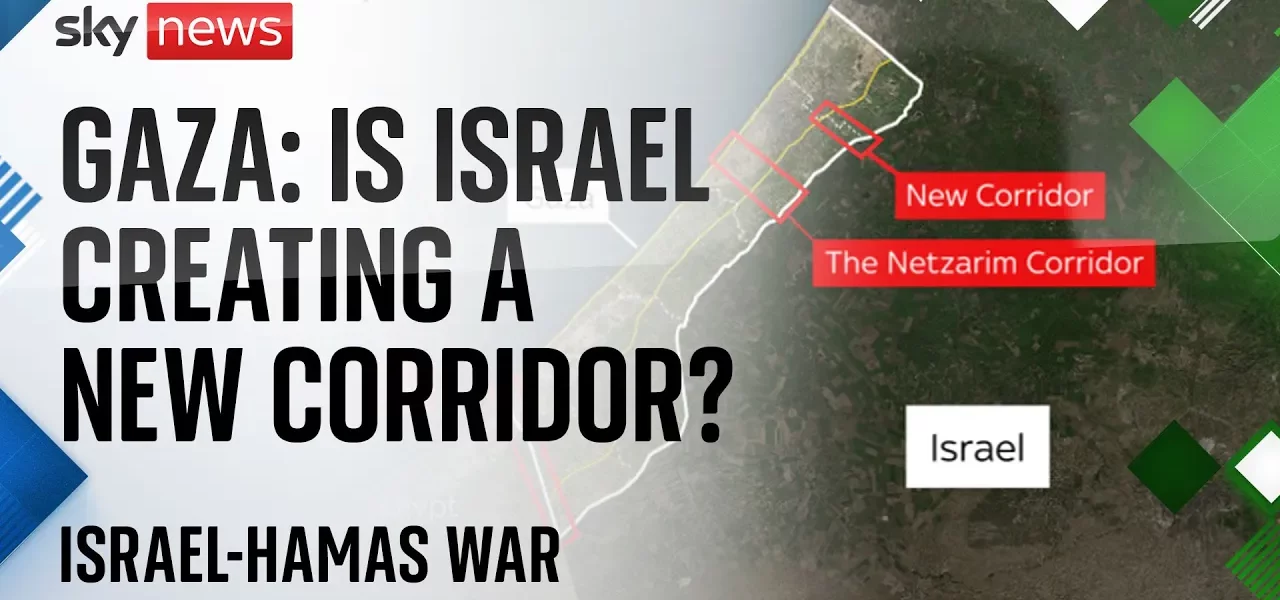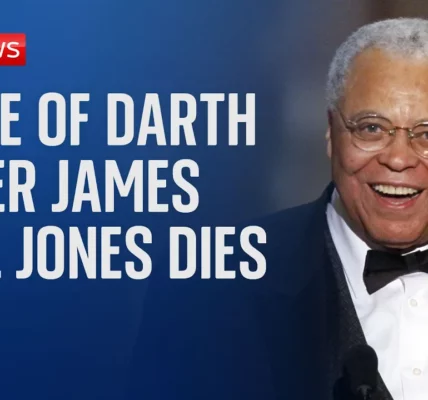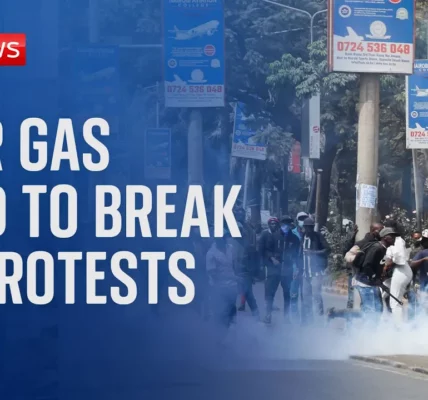The Philadelphia Corridor: An In-Depth Analysis of Its Strategic Importance

The Philadelphia Corridor, a significant region along Gaza’s border with Egypt, has become a focal point of military strategy, political tensions, and humanitarian concerns. This article delves into the complexities surrounding the corridor, examining its implications for the ongoing conflict between Israel and Hamas, and the broader geopolitical landscape.
Introduction
The Philadelphia Corridor stretches approximately 9 miles along the Gaza-Egypt border and has been under Israeli military control since May. The strategic importance of this corridor has escalated due to fears that Hamas may attempt to smuggle weapons and rearm. Simultaneously, the situation has complicated ceasefire negotiations, with Hamas demanding Israeli troop withdrawal as a critical condition for peace talks. This article will explore the multifaceted dynamics at play in the Philadelphia Corridor and its impact on the broader conflict.
Current Military Presence and Strategy
Israel’s military operations in the Philadelphia Corridor are dictated by a complex interplay of security concerns and geopolitical strategies. The Israeli Prime Minister, Benjamin Netanyahu, has been adamant about maintaining military forces in the area.
Reasons for Continued Occupation
- Fear of weapon smuggling by Hamas.
- Desire to prevent Hamas from rearming.
- Strategic military advantage in the region.
Impact on Ceasefire Negotiations
The insistence on maintaining a military presence has significantly hindered ceasefire discussions, with Hamas using the demand for withdrawal as leverage. The ongoing tension has resulted in a stalemate, illustrating the challenges of finding a diplomatic resolution.
The Nerim Corridor: A Tactical Element
In addition to the Philadelphia Corridor, Israel is focused on another critical passage known as the Nerim Corridor, which bisects Gaza from east to west. This corridor plays a vital role in the Israeli Defense Forces’ (IDF) strategies.
Operational Significance
The Nerim Corridor allows for the movement of troops and resources, effectively cutting off northern Gaza from the southern regions. This separation is crucial for Israel’s military operations, as it allows them to target specific areas without interference.
Hamas’s Tactical Adaptations
Hamas has adapted its operations in response to the Israeli military’s strategies, moving their forces between the northern and southern regions of Gaza. This adaptability presents challenges for the IDF, as systematic targeting becomes increasingly complicated without clear access to both regions.
Emergence of a Third Corridor
Recent analyses by Forensic Architecture suggest that Israel may be constructing a third major corridor in northern Gaza. This development raises significant concerns regarding the future of Palestinian territories.
Construction Progress
- November 2023: Initial observations of land clearance post-October 7 attacks.
- January 2024: IDF clears almost a square kilometer, indicating potential road construction.
- May 2024: Extensive demolition of homes and farmland within proximity to the Gaza border.
- June 2024: A corridor more than 900 meters wide is reported, reaching the edge of Beit Hanoun.
Historical Context of Corridors
Historically, the establishment of corridors has been used as a technique of fragmentation, particularly in the West Bank. This strategy not only separates communities but also restricts access and mobility for Palestinians, compounding the humanitarian crisis in the region.
Long-term Military Presence and Future Governance
Discussions among Israeli security professionals indicate that a long-term military presence in Gaza may be a strategic objective. This could lead to prolonged conflict and instability in the region.
Potential Scenarios for Gaza’s Future
- Continuous military operations similar to those in the West Bank.
- Pressure from the international community for a governance plan.
- Uncertainty regarding funding and reconstruction efforts in Gaza.
International Pressure and Lack of a Clear Plan
The international community, including Washington, is urging Israel to present a comprehensive plan for Gaza’s governance and reconstruction. However, the absence of a clear strategy raises concerns about the long-term consequences of the ongoing military occupation.
Conclusion
The Philadelphia Corridor and its associated military strategies represent a critical component of the ongoing Israeli-Palestinian conflict. The implications of maintaining military presence, constructing new corridors, and the resultant humanitarian impact cannot be understated. As tensions persist and ceasefire efforts falter, the region faces an uncertain future. It is crucial for all stakeholders to engage in meaningful dialogue to prevent further escalation and promote peace. For more insights on this topic and related issues, explore our articles on Middle Eastern conflict dynamics and humanitarian challenges in Gaza.
“`




